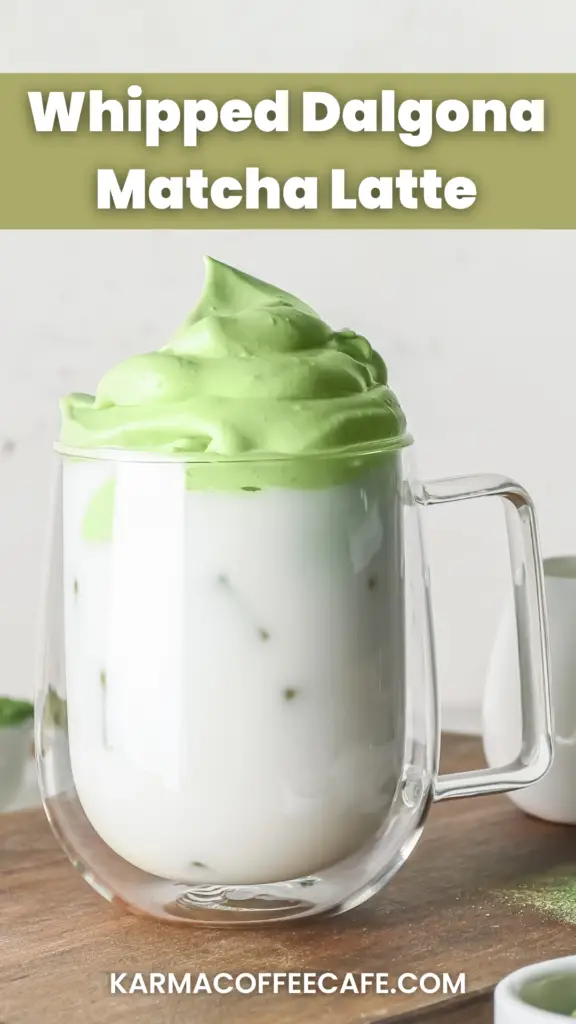Dalgona drinks first became popular in South Korea, where whipped coffee took the internet by storm.
It wasn’t long before matcha lovers created their own version: the Dalgona Matcha Latte.
This vibrant, creamy drink is not only beautiful but also incredibly easy to make.
It swaps coffee for matcha, giving it a mild, earthy flavor that pairs perfectly with the rich foam.
This whipped matcha latte recipe is a delicious and refreshing treat that you can easily make at home!
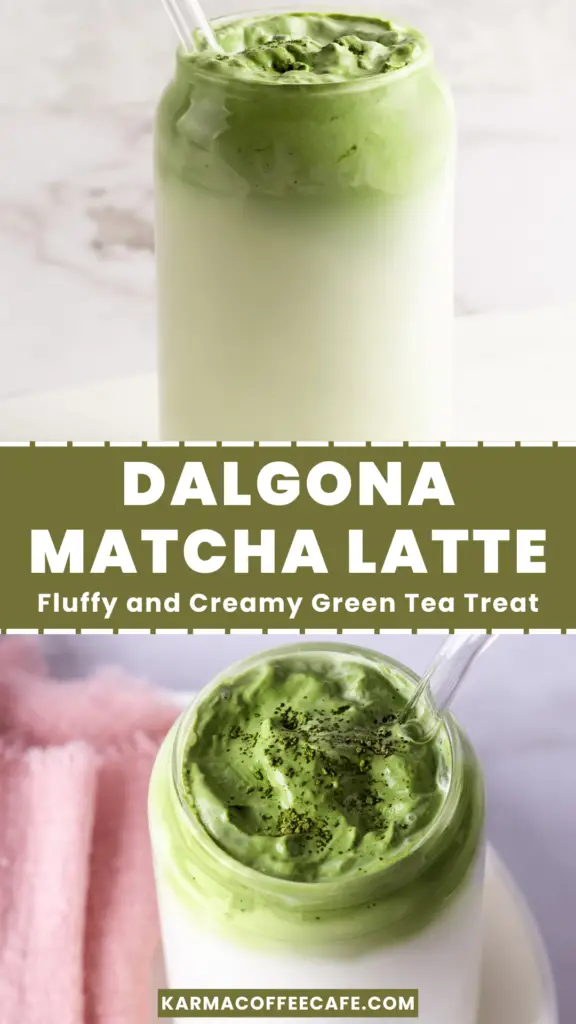
How To Make A Dalgona Matcha Latte: At A Glance
- Whisk the Egg Whites or Aquafaba
- Add the Sugar
- Incorporate the Matcha Powder
- Prepare the Milk
- Top with Whipped Matcha Foam
- Enjoy!
What is Dalgona Matcha Latte?
Dalgona Matcha Latte is a twist on the original Dalgona coffee, which became famous for its whipped foam texture.
The name “Dalgona” comes from a South Korean candy known for its light and airy consistency, much like the frothy topping that defines these drinks.
Instead of using coffee, this version uses matcha powder, resulting in a vibrant green drink with a smoother, earthier taste.
Unlike coffee, which has a strong, bitter flavor, matcha provides a more subtle and mellow profile.
Matcha also contains less caffeine than coffee, offering a gentler energy boost.
This makes the Dalgona Matcha Latte perfect for those who want a creamy, visually appealing drink without the intensity of coffee.
Key Ingredients
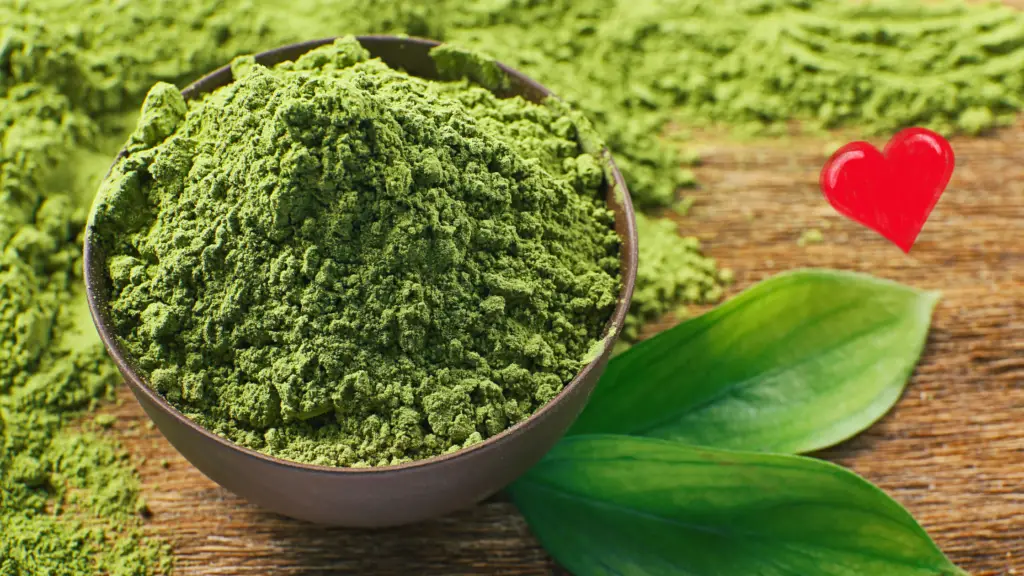
Matcha Powder
1 teaspoon of ceremonial-grade matcha is recommended for its vibrant green color and smooth flavor.
Culinary-grade matcha can also be used, but it may result in a slightly more bitter taste and duller color.
Egg Whites or Vegan Alternatives
1 egg white or 2 tablespoons of aquafaba (the liquid from chickpeas).
Egg whites whip easily, but aquafaba is a great vegan alternative that produces a similar frothy texture.
Sugar
1 tablespoon of granulated sugar helps stabilize the foam.
Other options like turbinado sugar or maple syrup can be used, but they may result in a less stable or shorter-lasting foam.
Milk
½ to ¾ cup of milk.
You can use any type of milk.
Dairy milk (whole or 2%) will give a creamier consistency, while plant-based options like almond, oat, or coconut milk will create a lighter feel.
Optional Add-ins
- Cinnamon, Vanilla, or Citrus Zest: Add a pinch of cinnamon or a splash of vanilla extract to enhance the flavor. A little citrus zest can provide a refreshing twist.
- Cream of Tartar: If using aquafaba, ¼ teaspoon of cream of tartar can help create firmer peaks and improve the stability of the foam.
Step-by-Step Recipe

- Whisk the Egg Whites or Aquafaba: Using a hand mixer or whisk, beat the egg whites or aquafaba until soft peaks form. This should take about 2-3 minutes with a mixer, or longer if whisking by hand.
- Add the Sugar: Gradually add the sugar to the mixture while continuing to whip. Whip until medium to stiff peaks form, ensuring the foam holds its shape but is still soft and fluffy.
- Incorporate the Matcha Powder: Sift in the matcha powder slowly to avoid clumps. Gently fold it into the whipped mixture to maintain the airy texture.
- Prepare the Milk: Add ice cubes to a glass and pour in ½ to ¾ cups of cold milk if you’re making an iced latte. For a hot latte, heat the milk until warm, then pour it into a cup.
- Top with Whipped Matcha Foam: Spoon the whipped matcha foam onto the milk. Serve immediately for the best texture.
Notes on Technique
- Room Temperature Egg Whites: Make sure to use room temperature egg whites for the best results, as they whip more easily and hold peaks better.
- Timing of Sugar and Matcha: Add the sugar gradually after whipping begins to ensure stable peaks, and sift in matcha last to avoid deflating the foam.
- Iced vs. Hot Versions: For the iced version, ensure the foam rests on the ice for a visually appealing layered effect. For the hot version, be aware that the foam may deflate faster due to the heat, so serve immediately.
Vegan & Keto Modifications
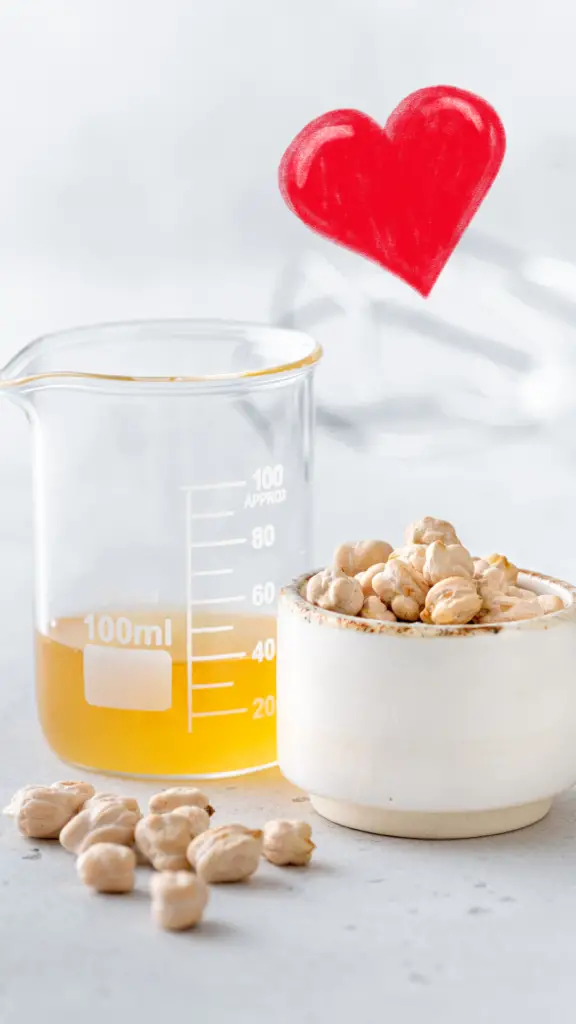
Vegan Dalgona Matcha
For a vegan-friendly version, replace the egg whites with aquafaba, which is the liquid from canned chickpeas.
Use 2 tablespoons of aquafaba and whip it just as you would with egg whites to create the same frothy texture.
For the milk base, opt for plant-based milks like oat, almond, or soy milk, which offer a creamy texture and complement the flavor of matcha well.
This creates a completely dairy-free, egg-free version of the Dalgona Matcha Latte while still maintaining the foam and flavor.
Keto-Friendly Option
To make a keto version of this latte, use coconut cream instead of egg whites or aquafaba.
Coconut cream whips up into a thick, satisfying foam, which also adds a rich flavor to the drink.
Instead of sugar, use a keto-friendly sweetener like erythritol or stevia to keep it low-carb.
For the milk, opt for unsweetened almond milk or coconut milk to ensure the drink remains keto-friendly and low in carbohydrates.
Common Mistakes to Avoid
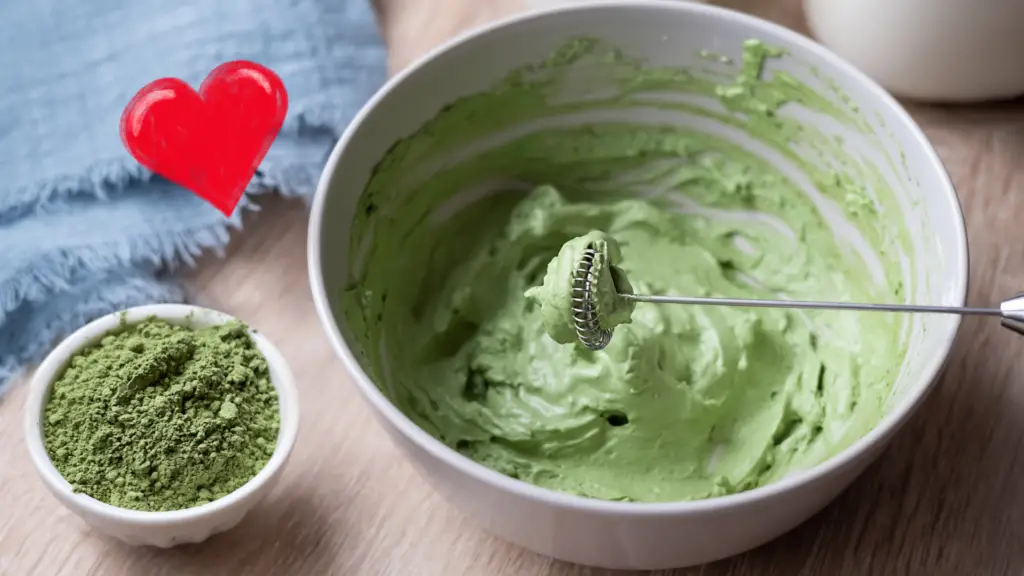
Whipping Too Early
One of the most common mistakes is adding sugar or matcha too early in the whipping process.
If sugar is added before soft peaks form, it can weigh down the mixture and prevent it from achieving the proper texture.
Similarly, adding matcha too soon can stop the egg whites or aquafaba from whipping fully, resulting in a denser foam.
Overmixing
Once the foam reaches medium or stiff peaks, it’s important to stop whipping.
Overmixing can cause the foam to break down and deflate, making it less airy and fluffy.
This will affect the final look and texture of your Dalgona Matcha Latte, leaving it flat rather than foamy.
Using the Wrong Matcha
The type of matcha you use has a significant impact on the flavor.
Ceremonial-grade matcha is recommended because it has a smoother, less bitter taste and a vibrant green color, which enhances both the flavor and the visual appeal of the drink.
Culinary-grade matcha, while more affordable, tends to be more bitter and dull in color, which can negatively affect the overall taste and presentation of your latte.
Serving Suggestions

For the best experience, serve your Dalgona Matcha Latte immediately after preparing it.
The whipped matcha foam will start to deflate over time, so enjoying it fresh ensures the perfect airy texture.
To create a visually striking drink, pour the milk over ice first.
Then, gently spoon the whipped matcha on top to create distinct layers.
The bright green foam contrasts beautifully with the milk, making it as appealing to the eyes as it is to the taste buds.
For pairing, the earthy and creamy flavor of matcha pairs wonderfully with light desserts.
Consider serving your latte with cookies, scones, or shortbread.
These treats complement the subtle sweetness and smooth texture of the drink, making for a balanced and satisfying snack.
Health Benefits of Matcha
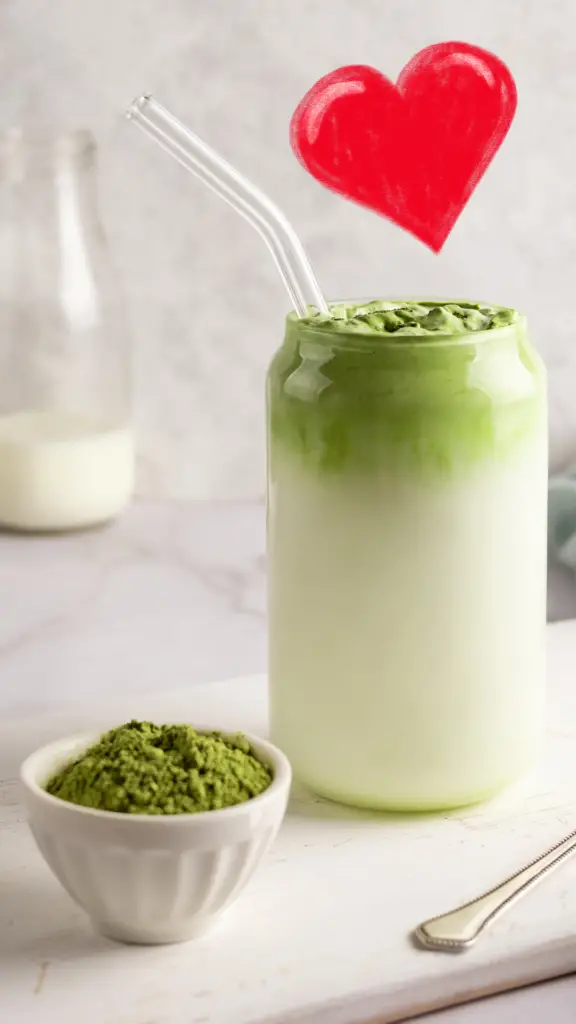
Matcha is well-known for its impressive health benefits, making it a popular choice for those seeking both flavor and wellness.
One of its key strengths is its high antioxidant content, particularly EGCG (epigallocatechin gallate), which helps combat free radicals in the body and may reduce inflammation.
Regular consumption of matcha is linked to improved heart health and even potential cancer-fighting properties due to these antioxidants.
In addition, matcha is rich in L-theanine, an amino acid that promotes calmness and focus.
This, combined with its natural caffeine boost, makes matcha a great option for enhancing mental clarity without the jittery effect often associated with coffee.
The combination of caffeine and L-theanine offers sustained energy and improved concentration, which is why many people prefer matcha for focus and productivity.
Moreover, matcha can support detoxification, as it contains chlorophyll, which aids in removing toxins from the body.
It’s also a source of vitamins and minerals, including vitamin C, selenium, and zinc, which contribute to overall health and immune function.
With its nutrient density, matcha provides a natural way to boost energy, mental focus, and long-term well-being.
Conclusion
The Dalgona Matcha Latte is a perfect balance of flavor, texture, and visual appeal.
Its creamy foam, vibrant green color, and earthy taste make it both a delicious and stunning drink.
We designed this recipe to be simple, fun, and highly customizable.
Give it a try, and don’t forget to share your creation with friends or family for a refreshing, visually striking treat!
FAQs
Can I use a hand whisk instead of an electric mixer?
Yes, you can use a hand whisk, but it will take more time and effort to achieve stiff peaks.
Expect to whisk for about 8-10 minutes manually compared to the 2-3 minutes with an electric mixer.
How long can the whipped matcha mixture be stored?
The whipped matcha mixture can be stored in the fridge for up to 5 days.
However, it’s best enjoyed fresh, as the foam tends to deflate over time.
Is there caffeine in Dalgona Matcha Latte?
Yes, matcha contains caffeine, though in a moderate amount.
It has less caffeine than coffee but still provides a natural energy boost with the added benefit of L-theanine, which promotes calm focus.
